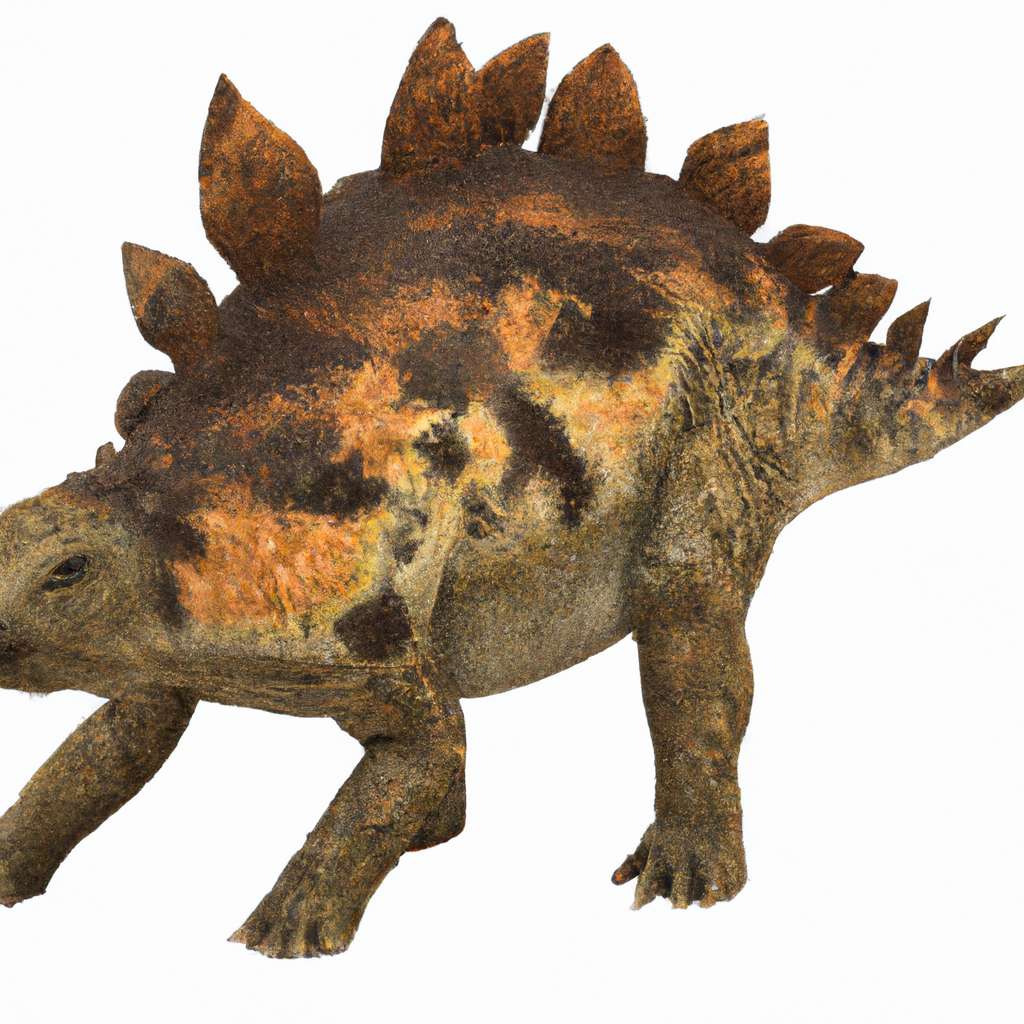The world of dinosaurs is vast and diverse, with creatures ranging from the towering long-necked Brachiosaurus to the small and agile Velociraptor. However, there’s a unique category that often sparks curiosity: dinosaurs with short tails or even no tails at all. In this article, we’ll delve into the intriguing subject of tailless dinosaurs.
Dinosaurs With Short Tails
When you think about a dinosaur, one of the first images that likely comes to mind is a creature with a long, whip-like tail. This image is accurate for many species, but not all. Some dinosaurs, like the Ankylosaurus, had relatively short, flat tails compared to their body size. The Ankylosaurus, a member of the dinosaurs’ lower classifications, used its flat tail as a defensive weapon, which was adorned with a massive club-like structure for protection against predators.
Another dinosaur known for its short tail was the Stegosaurus. Its tail, while shorter than many other dinosaurs, was far from useless. It featured four large, pointed spikes used for defense against threats.
The Front-Facing Dinosaur: Psittacosaurus
Moving on to the front-facing dinosaur, the Psittacosaurus is a fascinating example. This dinosaur was bipedal, meaning it walked on two legs, and its body design was more forward-oriented due to its short tail. This compact tail helped maintain balance while running or foraging for food.
What Animal Doesn’t Have a Tail?
It’s important to note that while some dinosaurs had short tails, none were completely tailless. The tail played a crucial role in balance and mobility. However, in the broader animal kingdom, several species do not have tails. These include great apes like humans and gorillas, certain species of birds such as kiwis, and some insects like weevils.
Dinosaurs Lower Classifications
When discussing dinosaurs lower classifications, we’re referring to the various families and genera within the dinosaur kingdom. For instance, the Ankylosaurus belongs to the Ankylosauridae family, known for their armored bodies and short, flat tails. On the other hand, the Psittacosaurus is part of the Ceratopsian family, recognized for their beaked mouths and relatively short tails compared to other dinosaurs.
The Tale of Dinosaurs’ Tails
The tail was a significant part of a dinosaur’s anatomy. It provided balance, aided in communication, served as a defensive weapon, and in some cases, even facilitated thermal regulation. The length and structure varied greatly among different species, from the long, slender tail of the Diplodocus to the short, clubbed tail of the Ankylosaurus.
No Dinosaur Without a Tail
So, while there were dinosaurs with shorter tails, there were no dinosaurs without a tail. The tail was an essential component of their anatomy, providing balance and often serving as a form of defense. Even the green dinosaur tail, a term often used to describe the tail of herbivorous dinosaurs due to artistic interpretations, played a crucial role in the life of these prehistoric creatures.
Other Animals With No Tails
While no dinosaur was completely tailless, several modern animals are. As mentioned earlier, humans, gorillas, and kiwis are examples. Other examples include frogs and toads, which have no external tail, and certain species of spiders and insects.
Conclusion
In conclusion, while there were dinosaurs with short or flat tails, none were completely tailless. The tail was a vital part of their anatomy, serving various functions from balance to defense. Even in the diverse world of dinosaurs’ lower classifications, no dinosaur existed without some form of a tail. However, in the broader animal kingdom, several creatures do not have tails, proving that nature’s designs are as varied as they are fascinating.

